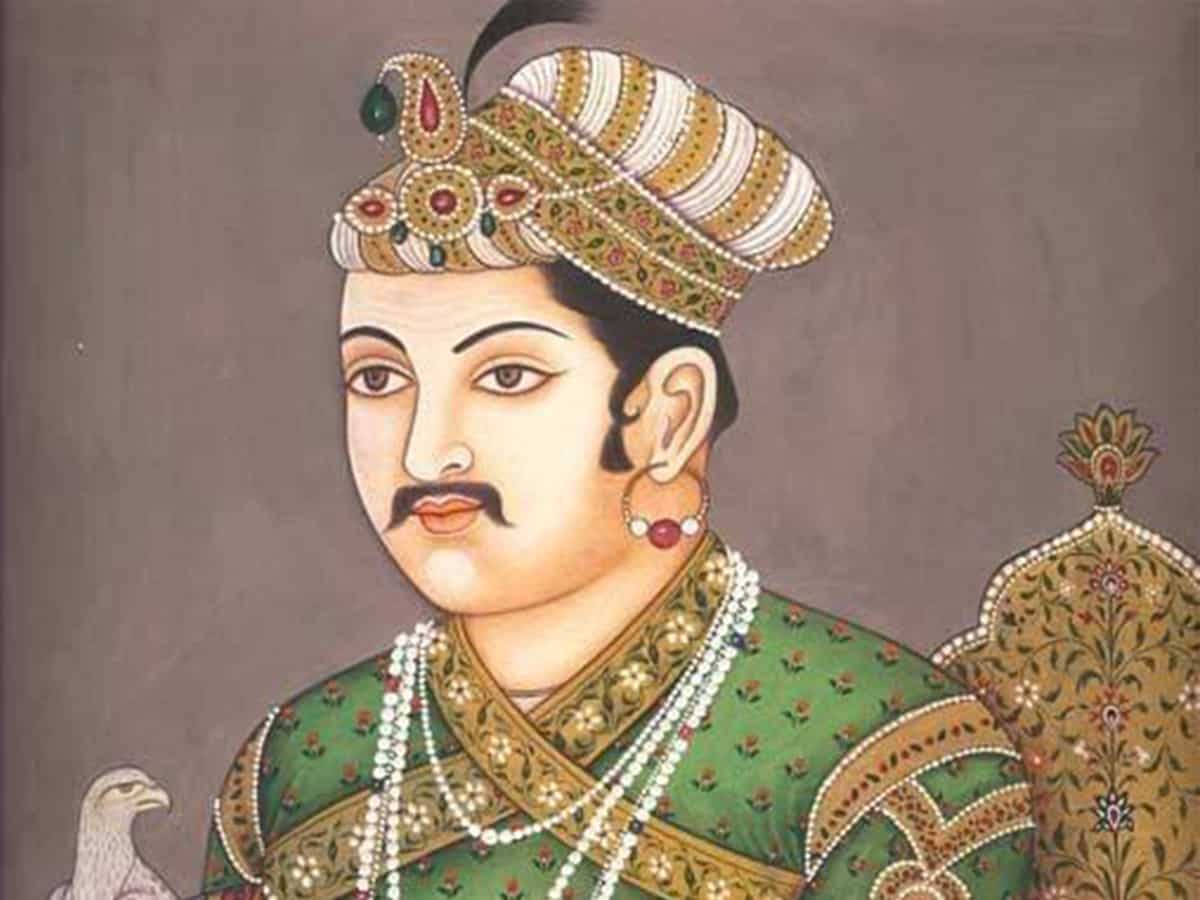It requires moral courage to write sympathetically about the Mughals in today’s time of hyperactive nationalism. To paint the medieval Muslim rulers, including the Mughals, in positive light is akin to agitate the troll army who, if they had their way, would expunge them from history pages.
It is in this bleak background that my friend and TOI fellow journalist Manimugdha Sharma’s book Allahu Akbar: Understanding The Great Mughal in Today’s India assumes great importance. Since Sharma doesn’t claim to be a professional historian, he honestly confesses, “my work doesn’t pretend to be a definitive biography of Akbar or a chronology of his reign… “Good Lord! We have been saved to suffer yet another tome which might have given a laundry list of battles fought and lost, forts conquered or saved and told us, to quote the second most powerful man in contemporary India, “chronology samajhiye. (understand the chronology).”
The beauty of the book, penned with great passion and in lucid style, lies in the way it switches from descriptions of medieval events to modern analogies. So, while narrating that two groups of sanyasis or ascetics known as Kurs and Puris petitioned Akbar during his return to Agra from Lahore in 1567 as the warring sects vied for a bigger share of alms, Sharma brings in the paradox in contemporary India where religious cults and spiritual gurus wield immense material and political power. So the chief priest of Gorakhnath Temple in Gorakhpur Yogi Adityanath is also CM of Uttar Pradesh and Yoga guru Baba Ramdev also owns retail giant Patanjali Ayurveda Limited.
Like any true student of history, Sharma is pained at the way the march of majoritarianism in India ever since Narendra Modi became Prime Minister in May 2014 has sought to doctor and rewrite history.
I was keen to find how the author describes what happened at Haldighati on June 18, 1576 when armies of Rana Pratap and Akbar met. Those who communalise this battle fought essentially for control over territories conveniently sweep an undeniable truth under the carpet. The Rana’s army was led by Afghan general Hakim Khan Sur while Man Singh commanded the Mughal army. The Hindu-right today would like us to believe that it is not Akbar but Rana Pratap who won the Haldighati battle. Though the Rana fought valiantly, the wounded Rajput warrior withdrew from the battlefield when he saw the tide turning against him. Yet, as Sharma rues: …”The Battle of Haldighati was re-fought in 2017 under the aegis of the BJP-led Rajasthan government, aided by a troll army on social media. It was unilaterally decided that people had been taught wrong history for 400 years and it was Rana Pratap who had won at Haldighati, defeating the Mughals.” The then Rajasthan government committed a cardinal sin with history and scholarship when it allowed revising high school textbooks “to reflect this new-found enlightenment.”
Sharma justifiably acknowledges a trait in this Rajput king. Unlike many other Rajput kings and warriors of the time, Pratap lived to fight his battle another day. His men didn’t perform saka and women jauhar, the morbidly horrible tradition of collective suicide to save themselves humiliation at the hands of enemy army.
The book’s best section, to me, is where the author deals with Akbar’s transformation into a seeker and practitioner of spiritual knowledge and universal humanism. Having become the master of the land from Gujarat to Bengal by 1576, Akbar turned his attention to winning hearts of the people of Hindustan.
After decimating opposition and winning two consecutive Lok Sabha elections, PM Narendra Modi on August 5, 2020 presided over a puja for a grand temple to be built on the ruins of a medieval mosque in Ayodhya. In contrast, Akbar who ruled India for half a century built an Ibadat Khana (House of Worship) of a different kind when he was at the pinnacle of his success as an emperor. This building, built near his palace in Fatehpur Sikri, became the first nursery of secularism in India. Distancing the state from the Church, Akbar propounded and practised sulah-e-kul, peace for all, thereby laying the foundation of a syncretic India. Regardless of what the Orthodox mullah and the larger Muslim community said and insinuated about him, Akbar chose a path of tolerance and co-existence. Through matrimonial alliances he tried to build bridges between communities. The discourse at his Ibadat Khana helped narrow the cleavages and fill the gaps.
Sharma is justifiably baffled by the distorted, dishonest depiction of Akbar by Bollywood movies and Television serials. He is understandably pained when BJP leaders, in their unfathomable hatred for the Mughals or pure ignorance, club Akbar The Great with some of the cruelest creatures who lived on this planet. So, obviously Sharma didn’t like when BJP spokesperson and my friend Shaina N C likened Akbar to Hitler at a Television debate.
This is a book that makes Akbar humane, accessible and a ruler India must look up to. I enjoyed Manimugdha’s ( Mani to us) labour of love so much that I read it twice–from cover to cover. You should read it at least once.
Mohammed Wajihuddin, a senior journalist, is associated with The Times of India, Mumbai. This piece has been picked up from his blog.

